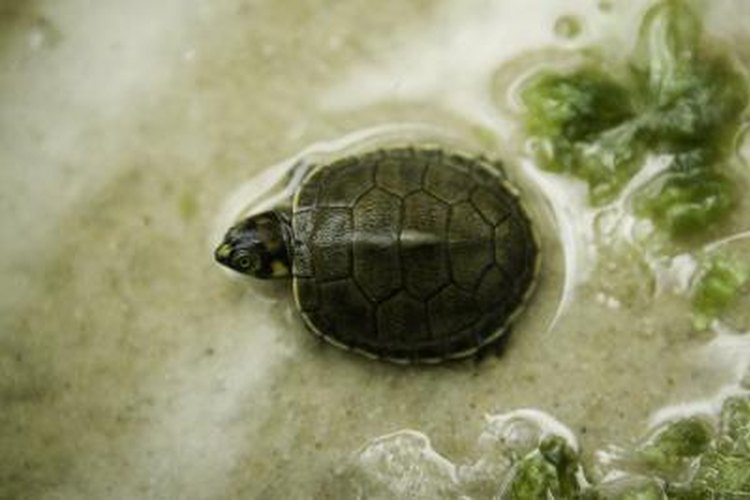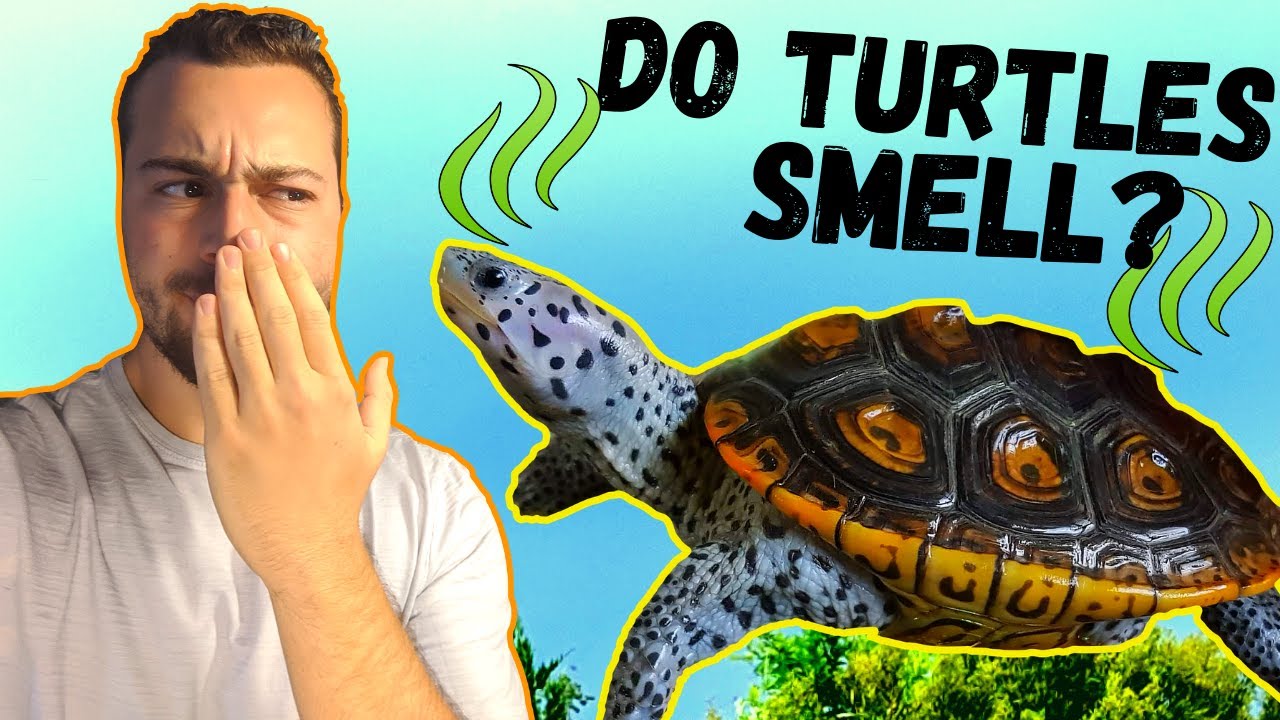To get rid of turtle smell, you can keep their habitat clean and provide proper filtration and ventilation. Taking care of your turtle’s hygiene and environment is essential for minimizing any unpleasant odors.
Additionally, regularly cleaning their tank and using appropriate deodorizers can help maintain a fresh-smelling habitat for your pet. A clean and odor-free turtle environment will ensure a healthier and more pleasant experience for both you and your pet. Remember that proper care and maintenance are crucial in reducing any unwanted smells associated with turtles.

Credit: animals.mom.com
Understanding Turtle Smell
Understanding what causes turtle smell is crucial in addressing this issue. It is important to note that turtle smell can be attributed to a variety of factors. For instance, poor water quality in their enclosure can lead to an unpleasant odor.
In addition, turtles produce waste that can contribute to the smell. Furthermore, inadequate tank maintenance and improper feeding habits can also result in a lingering turtle smell. To get rid of turtle smell, it is essential to maintain a clean and hygienic environment for your turtles.
Regularly clean their tank, filter the water, and monitor the temperature and humidity levels. Additionally, feed them a balanced diet and ensure proper waste disposal. By addressing these factors, you can effectively eliminate the unpleasant smell associated with turtles.
Identifying The Source Of Turtle Smell
Identifying the source of turtle smell is crucial in addressing this issue effectively. By evaluating the tank’s conditions, you can determine if dirty water or inadequate filtration are the culprits. Analyzing the turtle’s diet is another important step, as certain foods can lead to stronger odors.
Additionally, recognizing potential health issues such as infections or respiratory problems can contribute to the unpleasant smell. Ensuring a clean and well-maintained tank, providing a balanced diet, and seeking veterinary care when necessary are key in getting rid of turtle smell.
Remember to regularly clean the tank, change the water, and remove any waste to prevent odor buildup.
Cleaning And Maintaining The Turtle Tank
Maintaining a clean and odor-free turtle tank is essential for the well-being of your pet. Start by setting up the tank properly, ensuring it has the right equipment. Regular water changes and filtration are crucial for keeping the tank clean and eliminating any unpleasant smells.
Remember to clean the tank decorations and substrate regularly as well. By following these guidelines, you can ensure a fresh and pleasant environment for your turtle to thrive in.
Managing The Turtle’S Diet
Balancing the turtle’s diet is crucial for managing the smell. Properly balancing protein and vegetable intake prevents odor. It is important to avoid foods that contribute to the smell, such as low-quality protein sources. Supplementing the turtle’s diet with calcium and vitamins also helps maintain a healthy and odor-free pet.
Variety is key to keeping the turtle’s diet interesting and nutritious. By following these guidelines, you can ensure that your turtle remains clean-smelling and happy.
Promoting Hygiene And Preventing Odor
Maintaining a regular bathing routine is crucial for promoting hygiene and preventing odor. Regular cleaning helps to reduce the accumulation of waste and debris in the tank, preventing the unpleasant smell. It is essential to clean the tank and change the water frequently to keep it fresh and odor-free.
Additionally, selecting suitable tank mates for your turtle can also contribute to reducing the smell. Compatible tank mates that have proper hygiene habits can help maintain a cleaner environment for your turtle. Remember to avoid starting any sentence with commonly overused words and phrases such as “when it comes to” or “if you” to keep the writing engaging and unique.
Addressing Health Issues
Addressing health issues in turtles requires identifying signs of illness and consulting a reptile veterinarian. A turtle’s smell can be an indicator of health problems, including infections or respiratory issues. If you notice a foul odor, it’s crucial to seek professional guidance.
A reptile veterinarian will examine your turtle, perform necessary tests, and diagnose any underlying conditions. Once a diagnosis is made, the veterinarian will recommend an appropriate treatment plan. This may involve medication, changes in the turtle’s environment, or adjustments to their diet.
It’s essential to follow the veterinarian’s advice and administer the treatment as directed. Remember, timely intervention and proper care are key to getting rid of the turtle’s smell and ensuring your pet’s well-being. Keep a close eye on your turtle’s behavior and health to detect any potential issues early on.
Preventing Turtle Smell In The Future
To prevent turtle smell in the future, establish a regular cleaning schedule. Clean their enclosure often. Watch their diet and practice proper feeding techniques. Keep an eye on the water quality and conditions regularly. By doing so, you can ensure a clean and odor-free environment for your turtles.
This will not only improve their overall health but also prevent any unpleasant odors from lingering in their surroundings. Taking these precautions will help you enjoy the company of your turtles without having to deal with any unwanted smells. Remember, a clean habitat is essential for the well-being of your turtles and your own comfort.
Keep up with the maintenance and enjoy a pleasant-smelling turtle habitat.
Conclusion
To conclude, getting rid of turtle smell is essential for maintaining a pleasant living environment for both you and your shelled friend. By following the steps outlined in this blog post, such as regularly cleaning the turtle’s enclosure, providing proper filtration and ventilation, and using odor-eliminating products, you can successfully address any unpleasant odors.
Remember to also pay attention to your turtle’s diet and hygiene, as these factors can contribute to odor issues. By implementing these tips, you’ll be able to enjoy a clean and odor-free space, while ensuring the health and well-being of your turtle.
Say goodbye to turtle smell and hello to a fresh and enjoyable living space for you and your shelled companion. Happy turtle-keeping!





Leave a Reply